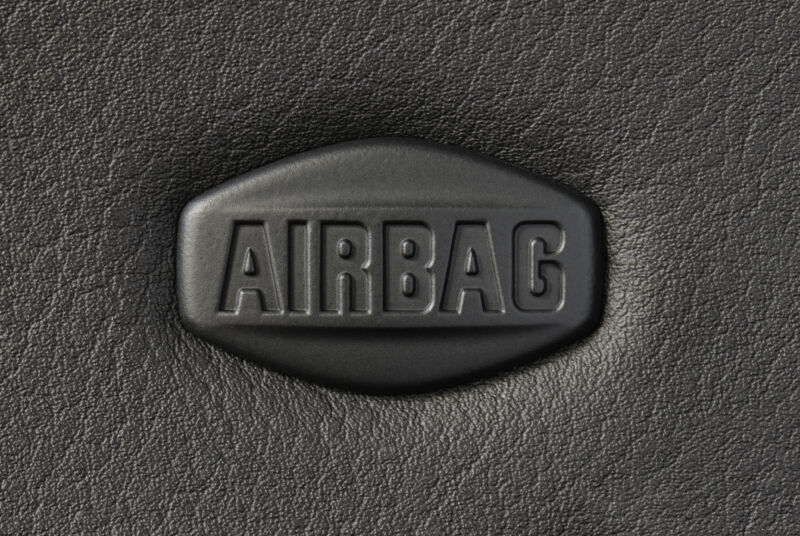Enlarge / The Takata airbag recall has affected more than 100 million cars across the world. (credit: Getty Images)
The “largest and most complex” automotive safety recall in US history is still not over, nine years after the first owners were contacted about a fix. Today, Ford issued a “do not drive” advisory for owners who have still yet to have their Takata airbags replaced, for a mix of vehicles that range from Ranger pickup trucks to the mid-engined GT supercar.
The Takata airbag scandal stretches back to the year 2000, when the company first learned from testing that some of its airbags might not deploy properly. A lack of a chemical drying agent, or desiccant, can allow the explosive ammonium nitrate propellant to take on moisture when exposed to hot or humid environments. As a result, the airbag may not inflate properly during a crash, and there were even cases of metal shrapnel being thrown around the vehicle interior.
The first US case of a faulty Takata airbag inflator occurred in 2005. In 2009, a faulty airbag inflator killed the driver of a Honda Accord in Oklahoma, sparking a recall by Honda later that year. A formal safety investigation by the National Highway Traffic Safety Administration began in 2014 and concluded a year later when Takata agreed that its inflators were defective.
Read 6 remaining paragraphs | Comments




